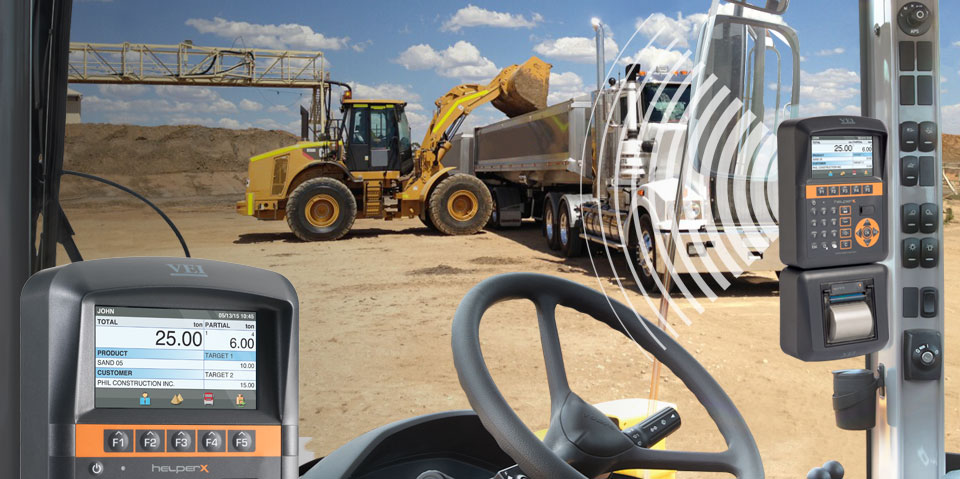Vei has always proposed innovative solutions for the job and in particular for the loading and unloading phases of the materials in the trucks.
The loader scales quickly and accurately determine the weight of materials making it an indispensable tool for all those companies that need to check the effectiveness of each vehicle.
The advantages of loader scales
The decision to use the load balancers avoids the costs deriving from the truck overload, allowing to control the storage process and consequently to take advantage of the available resources.
The scale is very easy to install and consists of two pressure sensors that can be mounted in the hydraulic system using flange connections. The sensor will then help the balance determine the position of the blade to ensure constant force
Why choose on-board weighing?
On-board weighing implies a number of advantages in terms of saving time and money. Overloading is carried out with on-board weighing, thus avoiding loss of precious time. All of this accelerates the load rate by increasing productivity without intermediate steps for better direct sales control.
The Vei balances weighers have an integrated printer and a USB port for the transmission of data in the archive (which can also be wireless) which allows:
- check the load data;
- analyze sales;
- control production;
- automate billing.
Millennium5: basic level loader scales
This loader scale for wheel loaders is of the right size because it is suitable to be positioned inside the cab of the vehicle in a comfortable way.
Even if it is a basic level between Vei scales, this does not mean quality.
The Millennium5 model allows:
- determine the load;
- check the weight before the fixed scale;
- load the system;
- control production;
- manage a small customer list.
Helperex: advanced level loader scale
Helperex is the evolution of the previous model, always the right size to be adapted to the loader cabin. Although the basic model is in itself excellent, the advanced model has some advantages in more, in fact this scale allows:
- manage a large customer list;
- manage a large product list;
- load trucks for license plate identification;
- manage destination lists;
- view an advanced recipe program for mixing operations.
In conclusion, the installation of these balances brings great benefits in fact, in addition to facilitating all loading and unloading operations, it allows to prevent overloading of the means of transport and consequently also the related fines.




